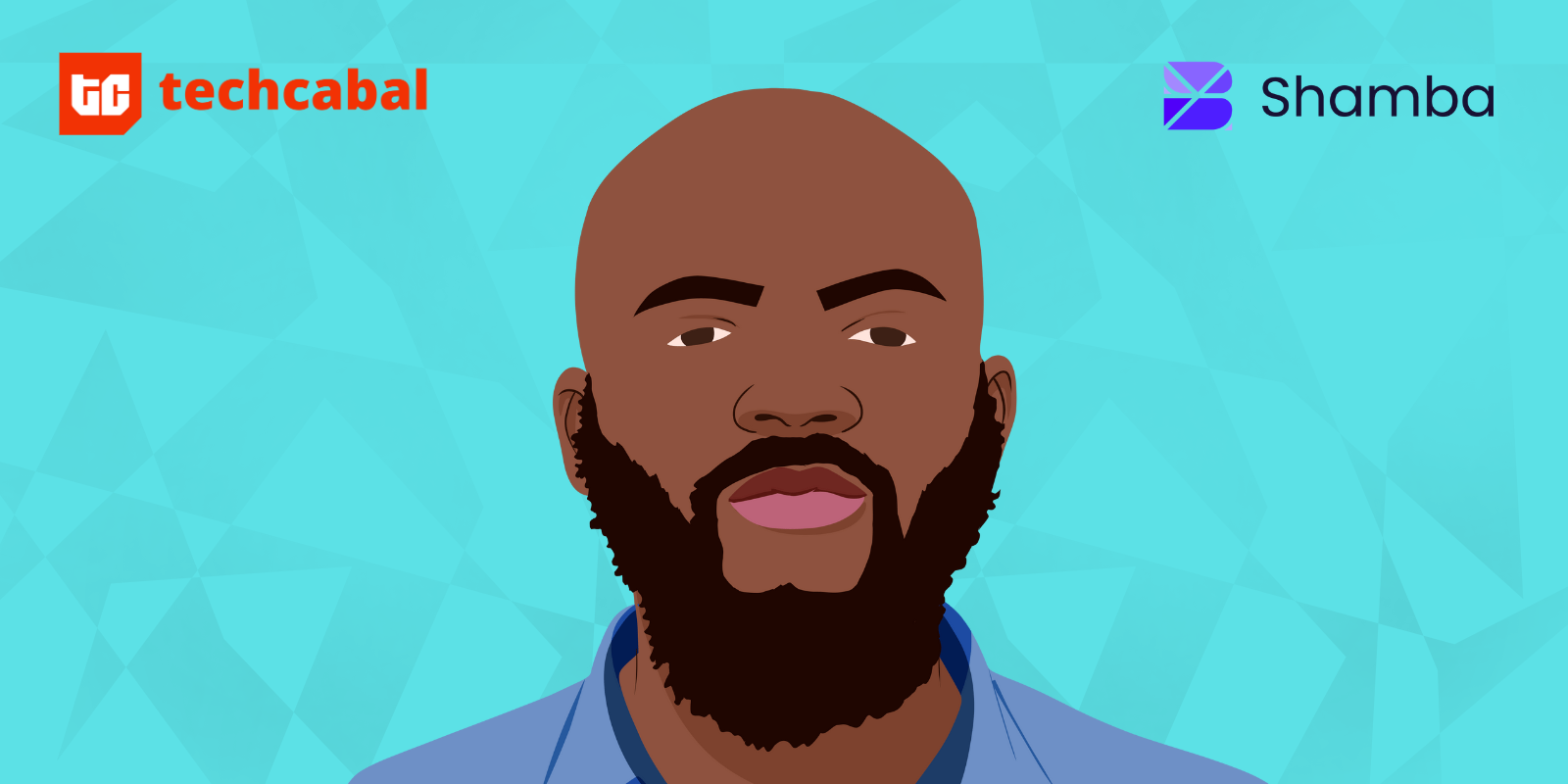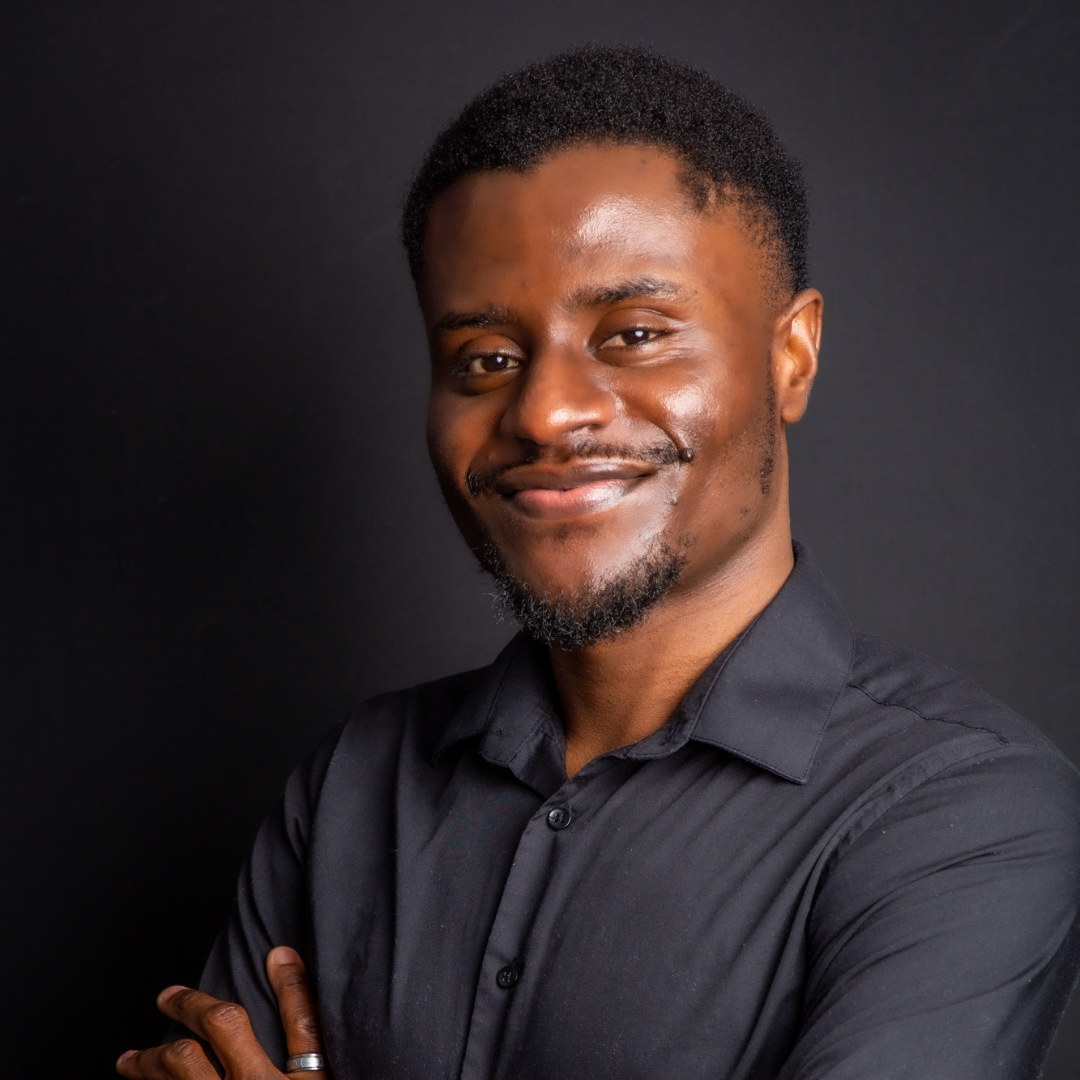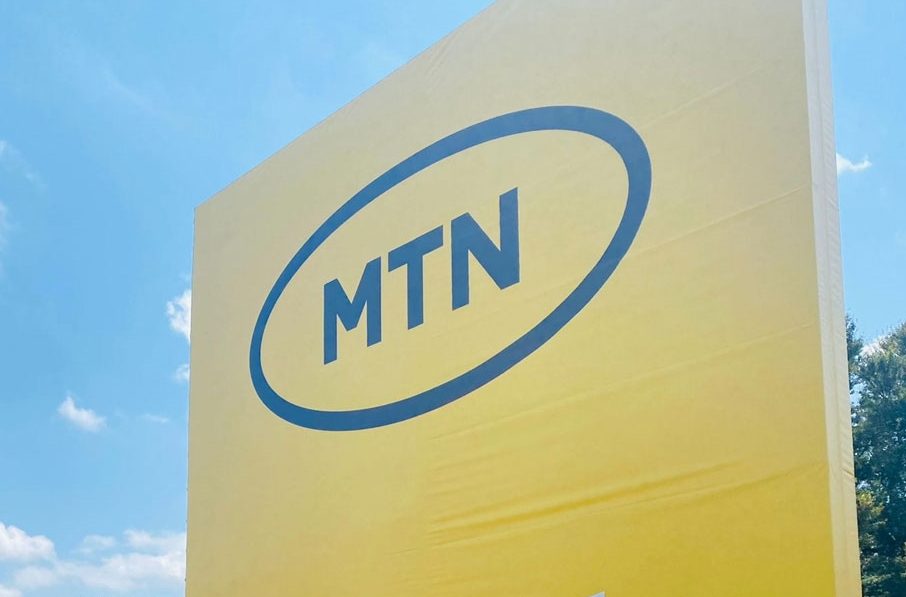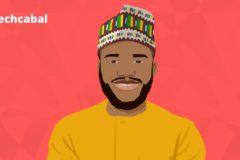Kennedy Ng’ang’a studied engineering as an undergraduate, and is today building an integrated chainlink oracle technology to power parametric insurance for smallholder farmers in Kenya. In this interview, we discuss his startup, Shamba Network, the challenges of raising in today’s Web3 and crypto space, and the absence of Africa in the carbon credits conversation.
Shamba Network was founded in 2020—or was it 2021?
The idea came to me in 2020; that’s when I started doing the research. But Shamba itself was founded in 2021, around September or October.
So you’re a year old now. How has it been for you, as a founder?
Before founding Shamba, I’d actually been involved with another startup. I’m accustomed to the grind in the startup world; pulling long hours is something I’m comfortable with. Not just long hours, but also odd hours. The most important thing in any startup is the willingness and flexibility to be able to learn new things, and adapt and implement changes quickly. The more you do it, the easier it becomes.
Coming to your work at Shamba, there’s increased agitation around climate concerns, with fears that the earth needs saving. Where exactly is Shamba Network in this conversation?
At Shamba, our mission is two things: putting in place mechanisms that will promote regenerative action to mitigate climate change; and building solutions to help farming communities adapt to the changing climate. So we are dealing with both climate change mitigation and climate change adaptation.
A good example is that we provide data for carbon credit in order to incentivise people to do things like planting trees; and we build solutions that monitor that. We also provide data for insurance for farmers in order to power solutions that provide crop insurance to some of the most vulnerable people.
When you say that you provide solutions to farming communities, what do you mean?
We have two pillars we are working on when it comes to climate change.
The first one is the pillar for adaptation, where we provide farming communities with access to solutions that help them adapt to climate change. We do this by providing data that can be used for index-based insurance. We operate at the nexus of geospatial data (which is data collected by satellite) and blockchain technology. We bring to the blockchain satellite data and other forms of data that can be used to check if a place has been affected by climate change.
The other pillar is mitigation, where Shamba is providing data that can be used by projects working on regeneration. So, for instance, projects that want to create carbon credit on the blockchain can use Shamba’s data that is sourced from satellite as well as other sources to do monitoring, reporting, and verification, which is basically a way of ensuring that if they’re going to create a carbon credit for a place, they’re able to verify that regenerative action was put up there. And it has had the impact of sequestering a certain amount of carbon.
So why have you decided to input or host this data on the blockchain and not on any other medium that already exists?
It goes down to the core advantages of web3 and blockchain-based solutions. One of them is transparency. By the very nature of the blockchain, a lot of solutions built on it have enhanced transparency, therefore people find it easier to trust that solution.
For example, farmers in Africa have typically shied away from insurance solutions, because they are not affordable to them and the people providing such solutions are not trustworthy. But when these insurance solutions are implemented on the blockchain using smart contracts, then they can be fully automated; there is no risk of another party deciding to not honour an agreement because they want to save money. These are systems that are driven by data. When an insurance solution has been baked into a smart contract, it will only wait for the expiry of the insurance contract, and then source data from the outside world to decide whether or not it will make a payout to the farmer if a risk has occurred.
What’s the digital literacy level of the farmers you work with? How do you ensure you’re carrying them, and any other stakeholders in the agricultural sector, along?
We use a lot of emerging technology, quite all right. We are deep in the Web3 space and are building a lot of smart-contract-based solutions. We are using cutting-edge data from satellites—what is called remote sensing data. In addition, we are also using a lot of cutting-edge analytics using machine learning and artificial intelligence. But the people who are going to be using the solutions we’re building don’t really need to know about these technologies that are in the backend.
So what we do with the farmers we work with is, we educate them and build their capacity to understand solutions such as crop or livestock insurance. We teach them how to interact with the solution, show them its benefits and what they should expect from working with it. But we don’t really go into explaining geospatial analytics or smart contracts or the machine learning running in the backend.
Let’s talk about green bonds in Africa. We’ve had just 16 green bonds issued to the continent. Is that good or bad?
I think it’s good. A bit small, but it is definitely building momentum.
Why are we where we are with these bonds? And what could be better?
Green bonds are in their infancy in Africa. I think this is part of the paradigm where people are starting to become very climate-focused and looking at the climate economy. This is a rethinking of the financial system that allows us to put environmental conservation at the core of the economic system—being able to get to a point where funds can be pooled and used for activities that have a huge impact on the environment.
I want us to talk about Africa’s absence in the carbon credits conversation. Why do you think this is?
When it comes to the carbon credit space and the voluntary carbon market, the methodologies that have been accepted for creating carbon credits are not applicable to Africa because they are designed for large landholders—people who own 5,000, 10,000 hectares of land, basically big ranches, as you are likely to find in the Global North.
Across most of Africa, as well as across Southeast Asia and Latin America, you have smallholder farmers—people who typically own less than five hectares of land, where they grow their crops to feed their own family and only sell the tiny remainder. The methodologies that exist for creating carbon credits are designed for places where people have large holdings, they cannot be applied in Africa.
One of our biggest missions at Shamba is to fix that issue and come up with methodologies that would be applicable for creating carbon credit on smallholder farms; methodologies that find a balance between the rigours of monitoring, reporting, and verification.
Are you currently raising at Shamba?
We’re planning to raise a seed round, probably in December 2022 and early 2023. We’ve had some interest from some investors.
How much do you plan to raise?
A million dollars.
What will you do with the money?
The seed round will help us get to our milestones, which are going to help us get to the next fundraising. One of them is that we want to finish developing our software, roll that out, and enrol a certain number of farmers onto our platform, people who will be using it to create carbon credits, and use the platform as a community to start getting involved in the carbon market.
But we’re also going to be using those funds to do quite a lot of marketing. We have a lot of products that we’ve built, case in point being our data oracle that is already serving some solutions, such as insurance, all based on satellite data. We believe that if we are able to get this information out there, then we will have more people who are willing to use this technology.
I want to talk about your value proposition. Climate is probably not number one on the list of sectors investors coming into Africa are looking into. What is your experience with seeking funding, especially with investors who say no to you?
Apart from the fact that we’re in the climate space, we’re also in the Web3 space. As you know, right now, the crypto space has taken a beating in the credibility department, following the recent FTX fiasco. So, when you’re trying to raise in Web3, in a climate where there’s a lot of fear and doubt, investors’ due diligence process will take a while. But the the people who have told us no haven’t done so because of the uncertainty in the crypto sector. It was rather because earlier on when we had tried raising, we had not yet got to a point where we had traction and a good product-market fit. But now we do, and we are targeting the end of January to become revenue-positive.
My Life in Tech (MLIT) is a biweekly column that profiles innovators, leaders, and shapers in the African tech ecosystem, with the intention of putting a human face to the startups and innovations they build. A new episode drops every other Wednesday at 3 PM (WAT). If you think your story will interest MLIT readers, please fill out this form.






















